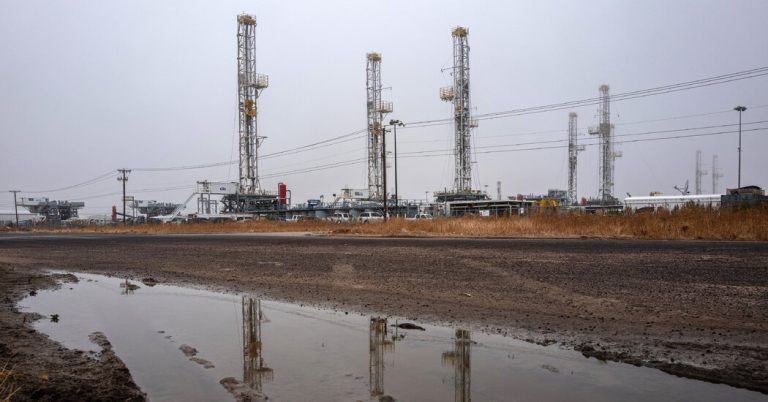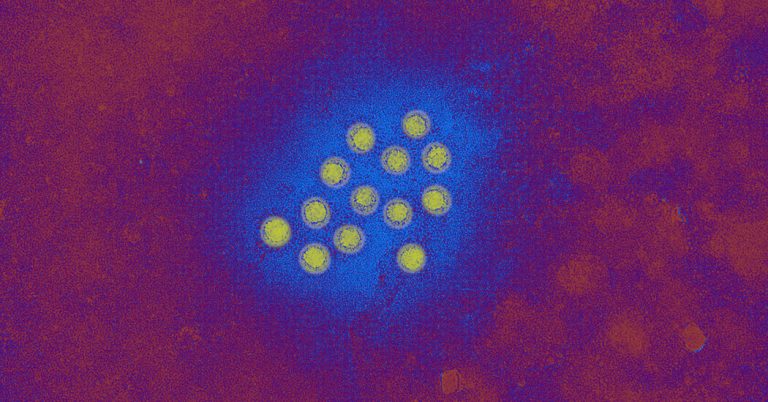Last week I went down to Washington to speak to Hakeem Jeffries, the House minority leader, after he gave a speech marking Donald Trump’s calamitous first 100 days in office. At a time when many Democrats feel leaderless, Jeffries, usually a relentlessly on-message inside operator, had been stepping further into the public eye. Not long before we spoke, he’d appeared on a live taping of the “Raging Moderates” podcast in Manhattan; it was, he said, probably the 18th or 19th podcast he’d done since February. On April 27, he spent more than 12 hours holding a live-streamed sit-in on the Capitol steps with Senator Cory Booker to draw attention to Republican plans to ravage the federal safety net.
“We’re in a ‘more is more’ environment,” said Jeffries, who represents a district in Brooklyn. “We just have to keep doing more rallies, speeches, town hall meetings in Democratic districts, town hall meetings in Republican districts.”
The day we spoke, a widely shared Bulwark story said that Jeffries was discouraging Democratic representatives from traveling to El Salvador to highlight the plight of the deportees sent by Trump to rot in a maximum-security gulag. Jeffries denied this, as did an aide to one of the Democrats who’d gone there. Said Jeffries, “I’ve said nothing other than ‘great job,’” to the Democrats who made the trip.
Still, it’s pretty clear that Jeffries would much rather talk about Medicaid and taxes — the normal stuff of Democratic legislating — than looming autocracy. What most Americans want to know, he said, is, “Are we fighting to make the economy more affordable for them? Are we protecting their health care, and are we going to battle to make sure that their future is brighter than their past?”
When I asked him about the fury parts of the base feel toward a business-as-usual Democratic leadership, he rejected the premise of my question. Traveling all over the country, he said, he interacts with people who “are thankful that Democrats are out there fighting on their behalf repeatedly.” Then he turned the conversation back to Medicaid, Medicare and Social Security.
A major question is whether Jeffries’s quotidian focus on policy can break through the Trumpian onslaught. The next few months should reveal the answer. In the opening days of this administration, Congress has been an afterthought, with Republican representatives declining to either check Trump or do much lawmaking. But the next phase of Trump’s agenda runs through the House, where Republicans are negotiating a budget bill extending his first-term tax cuts, now set to expire at the end of the year, while cutting social programs, including Medicaid. Given the narrow Republican majority in the House, and the likelihood of a Democratic takeover in the midterms, it could be the only significant piece of new legislation Trump gets to sign.



















